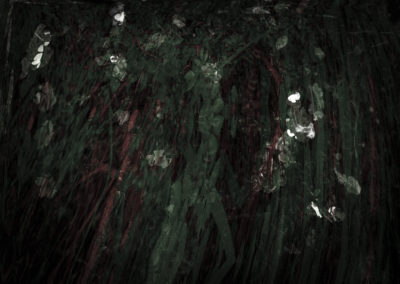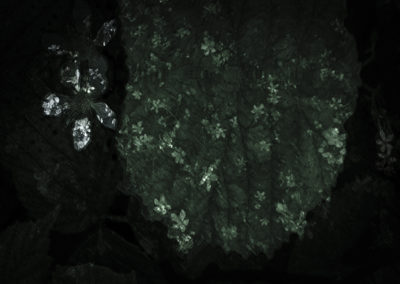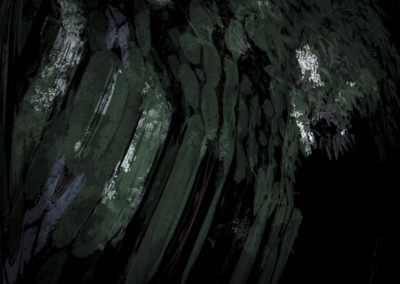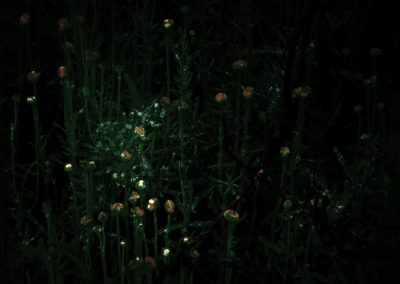If you’ve ever read an interview with the photographer Chris Friel, as I did (many) when researching this article, you’ll soon see there’s a remarkable similarity in the answers. And to top that the answers appear acutely modest almost to the point of evasiveness. That’s not an inaccurate picture of the man himself, the modesty shines through and the evasion is driven by the desire to avoid preaching to others, to avoid pretension and to be completed straightforward.
So rather than replicate the familiar yet again I rang him. Hoping to get more of the measure of this hugely popular photographer who is an inspiration for so many, myself included.
We had an enjoyable conversation for over an hour, ranging widely and often heading off at tangents. Although I’m still not sure I got what I was hoping for (and I still had to resort to email for some questions), there are some notable insights hidden within the modesty. Creativity for him is deeply personal and internalized. And, perhaps, he’d like to retain some of the mystery?

RH: Why landscape? I realize you don’t work exclusively on this subject, but it features prominently. What is it about landscape that brings out the creative in you?
CF: It’s difficult to do cityscapes or street photography in the Kent countryside. It’s a fairly dull, flat part of the UK. If I lived in New York I’d probably do street photography or if I lived on Harris I might do more straightforward landscape photography.
RH: What drives your desire to be creative?
CF: Genetics! I don’t really care what it does for someone else. I need to be able to visualise an image the next morning (to consider it successful). It’s filling a hole, being outside a bit, and the urge to create something. I’m incredibly lucky, being a (full time) photographer would be a busman’s holiday, and I’d hate it. This is a niche interest.
It sounds like pretentious, but it’s about making the inherently dull interesting. The outcome is in some way an interpretation – trying to take a photo that has some emotion.
RH: Is creative play important to you?
CF: I am fortunate that I have another source of income, so I guess my whole output is creative play. If I had to take photos for a living I’d take different images – this is self-expression.
The multiple exposures are all done in postproduction now. I bought the Canon 5d3 on the day it came out; I was really excited about multiple exposures. These days I only use an Olympus, the in camera multiple exposures on the 5D3 are so unpredictable, I resorted to post.
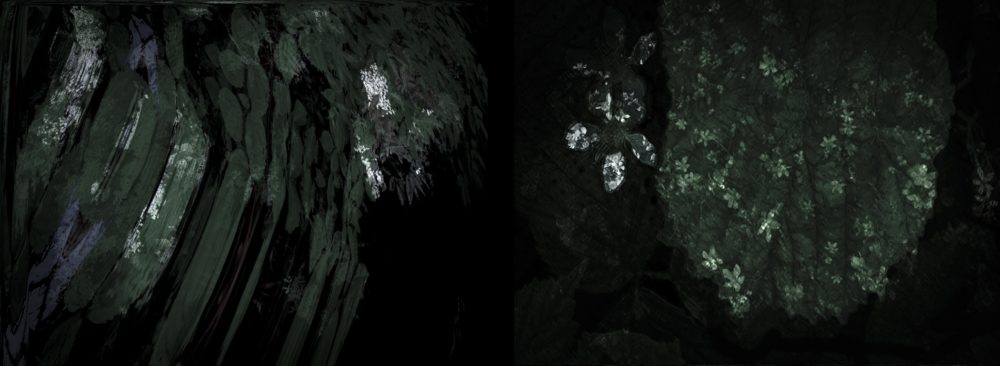
RH: Way back when you used to make ‘straight’ images in B&W, but less so now? What changed?
CF: When I started out I was frightened of attempting colour images, because of my colour blindness. When I realized that colour rendition didn’t have to be faithful, I moved away from B&W, though I still shoot in B&W when I am feeling grumpy.
RH: Does your colour blindness influence your perception?
CF: Not that I am aware of, though it may affect the viewers appreciation. A tendency to inadvertently buy bright pink shirts seems to offend my children.
RH: Much is made of your past as a painter, what does it bring to your photography? – Is studying other art forms helpful?
CF: Studying other art forms is essential.
Hopefully it brought some understanding of composition. But painting is a solitary job, six months work and you show and sell (if you’re lucky) and 500 people see it. Then it’s back to work. I now get 1/4 million hits a week, in painting that never happened. It’s not sociable like photography.
I made a lot more money out of painting than I ever have in photography, it was probably cheek or naïveté, but I got representation from a West End gallery very early in my career. The bottom line is not many people are buying landscape prints. It’s all changed so much in the last ten years. You can find an amazing photo in half an hour online, you can chat; it’s collaborative.
RH: How do you engage with the land? Do you go to specific locations or wander aimlessly? Which works better for you?
CF: Specific locations, generally within cycling distance of my house.
RH: You seem to work in short series, why? Are there any longer term projects?
CF: The single image doesn’t really do it for me anymore. It’s partly as a result of work/time constraints. I generally work on something until I feel I have exhausted a subject/my approach to a subject. Sometimes this is 10 photos and sometimes 100. There are 70,000 photos on my website, so maybe I should do some longer projects and be more selective.

RH: The series we’re featuring is ‘Memorial’. What brought this about? Is the work a memorial to a particular person, or a memorialisation of memorials?
CF: I’ve been fortunate enough to film burial ceremonies around the world. Including celestial burials in Tibet and Mongolia, fire burials in Bali, ritual finger amputation in Papua New Guinea, and the ceremony of Famadihana in Madagascar where the dead are exhumed, rewrapped in fresh cloth and then danced around the grave before being reburied. So a walk in my local overgrown and generally ignored Victorian cemetery, full of plastic flowers, got me thinking about our attitude to death and memorials.
These are multiple exposure photographs of flowers left in one graveyard, digitally displaced using audio samples from Fauré’s Requiem Opus 48.
I don’t think they’re right yet, I’ll have 20 or so I like by the end of the week. It’s all done for you, plastic flowers against black marble. I took a couple of photos and I thought, “That’s interesting”. There’s less baggage, ‘shallow and meaningless’ some would say! [Laughs]
RH: [At the time of writing] It’s currently very early indeed in the series – you only started it on Sunday I believe. How do you know it will make a series?
CF: It’s a very large cemetery. I’ve no idea where it’s leading, but I’ll know when I get there.
RH: You are notably humble in your interviews, yet your work seems very single minded. What are you hiding?
CF: The fact that my whole output as a photographer is a complete sham.
End of interview
A big thank you to Chris!
The ‘Memorial’ series
Chris Friel will be exhibiting at the Inside the Outside exhibition at The Photo Parlour, Nottingham, 15th October to 12th November.
He will also be exhibiting at the Tilt & Shift Gallery in Llanrwst later this year.
About Chris
Chris Friel is a British photographer who has spent the last 10 years trying to take a photograph that he likes.
His images have been exhibited at the south bank centre, on the Santiago subway in Chile, and projected behind the London Sinfonietta in the Royal Festival Hall.
He has worked in 150 countries and would very much like to visit the remaining 46 before he is housebound.
You can contact and view more of Chris’s work through his website: www.cfriel.com
Unless otherwise stated, all images in this article are © Chris Friel, and the words © Chris Friel and Rob Hudson





